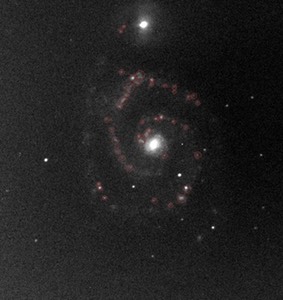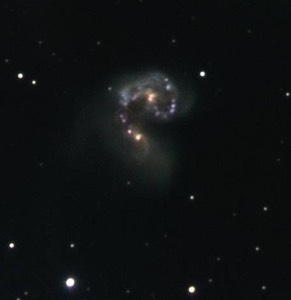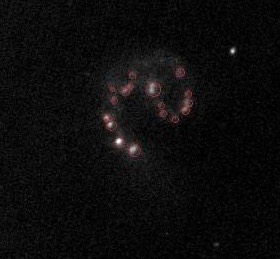As part of your project, you will write a report that explains the questions your research is attempting to answer, how you made your observations and analyzed your data, and what your results and conclusions are. Your paper is more than a simple step-by-step description of the pictures you took and the calculations you made. Someone who reads your paper should be able to understand the questions your research is attempting to answer, how your data answers those questions, and how your analysis and conclusions result from your data.




